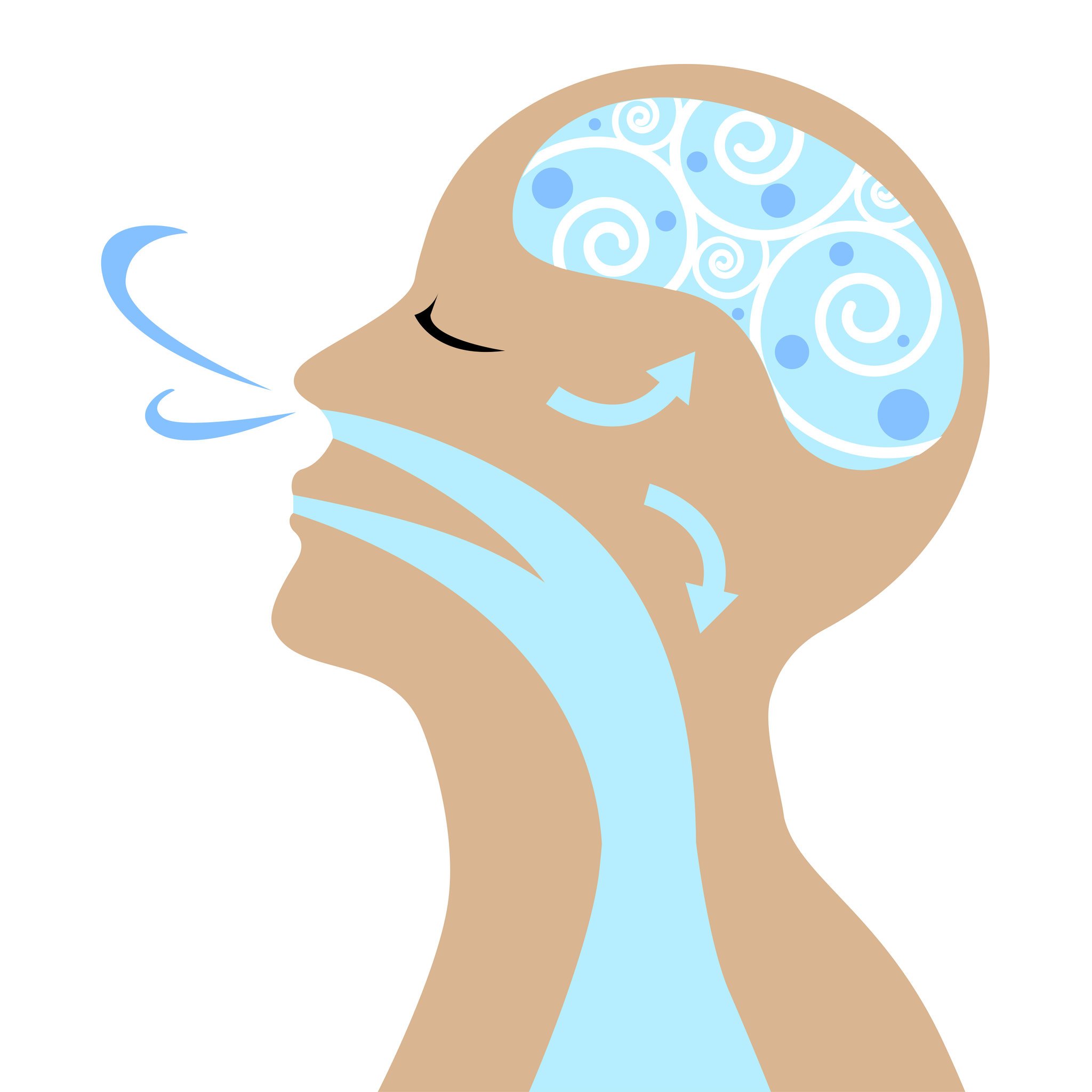The importance of breath
Question: What’s the one thing you couldn’t live without?
Answer: Breathe. An average human being can hold their breathe for 3-5 minutes. Correct breathing techniques are vital to our survival, our health, yet most of us don’t even breathe properly. Nothing is more essential to our health and well-being than breathing; taking air in, letting it out, and repeating around 25,000 times a day. Yet, as a species, we humans have lost the ability to breathe correctly, with grave consequences.
Breathing uses chemical and mechanical processes to bring oxygen to every cell of the body and to get rid of carbon dioxide. Our body needs oxygen to obtain energy to fuel all our living processes, to feed tissues, organs. Carbon dioxide is a waste product of that process and is expelled when we exhale. Our lungs also work, along with our kidneys, to regulate the blood's pH.
Breathing is an autonomous response - we don’t need to think about it to do it. However, most of us breathe into the chest area, the top of the lungs, this is a shallow breathe and only fills part of the lungs (approx. 25-30%). The result? We give our body the signal that we are stressed by moving into the sympathetic nervous system, and our stress becomes habitual. Long-term shallow breathing can seriously affect our health; we produce fewer white blood cells to support the immune system so we become susceptible to acute illnesses, aggravate pre-existing medical conditions, and prolong healing times.
Shallow breathing creates tension in other parts of the body and can lead to a lot of everyday problems; when we breathe with our chests, we use the muscles in our shoulders, necks, and chests to expand our lungs, which can result in neck pain, headaches, and an increased risk of injury.
When we breathe properly it not only boosts immune system, it moves us into the parasympathetic nervous system, away from stress and towards calm. Indeed, modern research in pulmonology, psychology, biochemistry, and human physiology is showing us that making even slight adjustments to the way we inhale and exhale can help jump-start athletic performance, rejuvenate internal organs, halt snoring, allergies, asthma, and some autoimmune disease, and even straighten spines! To learn more about research and benefits seen take a look at the amazing book ‘Breathe’ by James Nestor.
Humans are diaphragmatic breathers or ‘belly breathers’
Just above your stomach is a major muscle in the respiration process, the diaphragm. Proper breathing starts in the nose and then moves to the stomach as your diaphragm contracts, the belly expands and your lungs fill with air. When we breathe this way it also engages the intercostal, abdominal, and pelvic floor muscles. This is the most efficient way to breathe, as it pulls down on the lungs, creating negative pressure in the chest, resulting in air flowing into your lungs.
Breathwork, or pranayama, is an essential part of yoga, requiring us to breathe consciously and offering us the chance to clear the mind, purify the body, and balance the flow of energy within.

